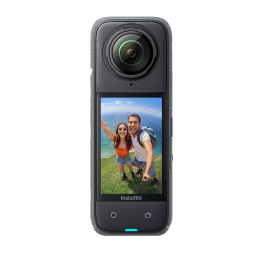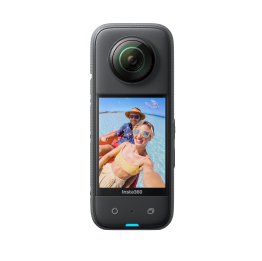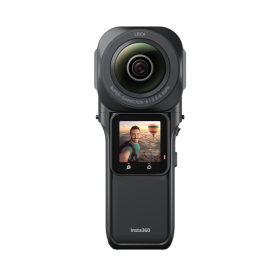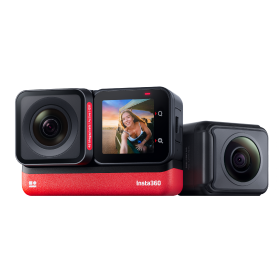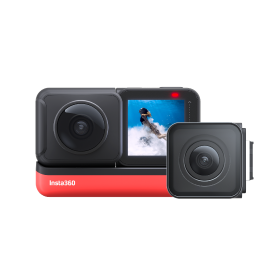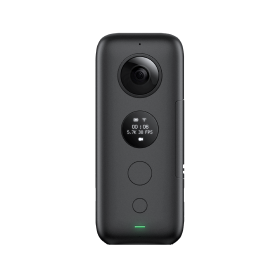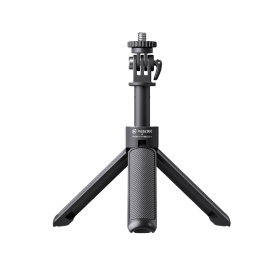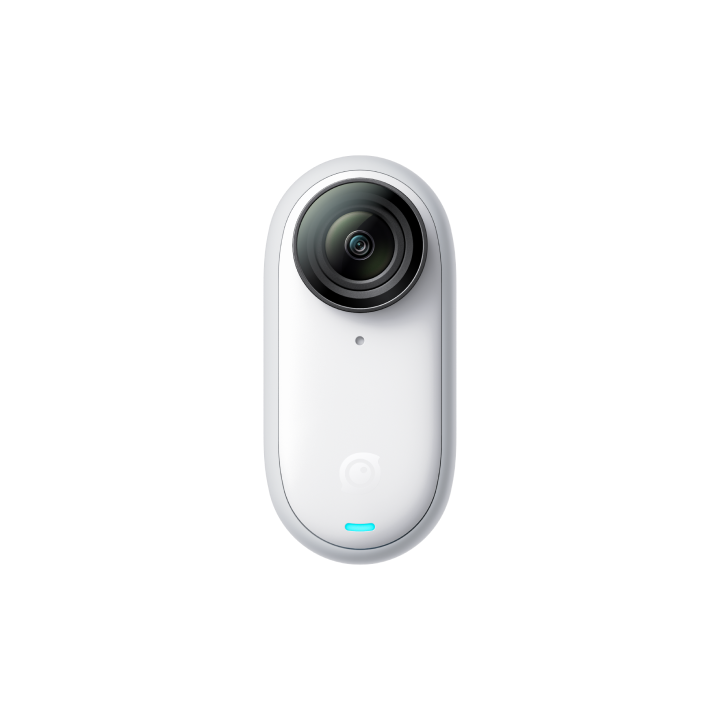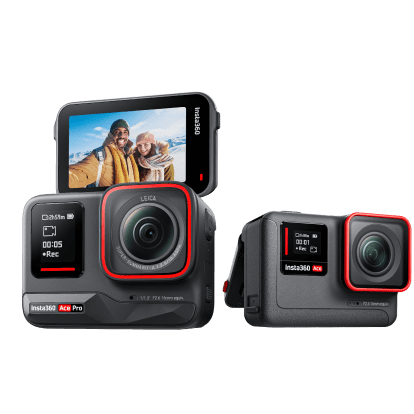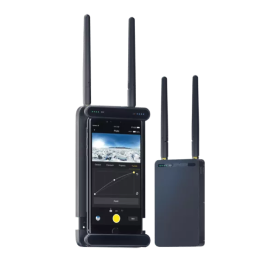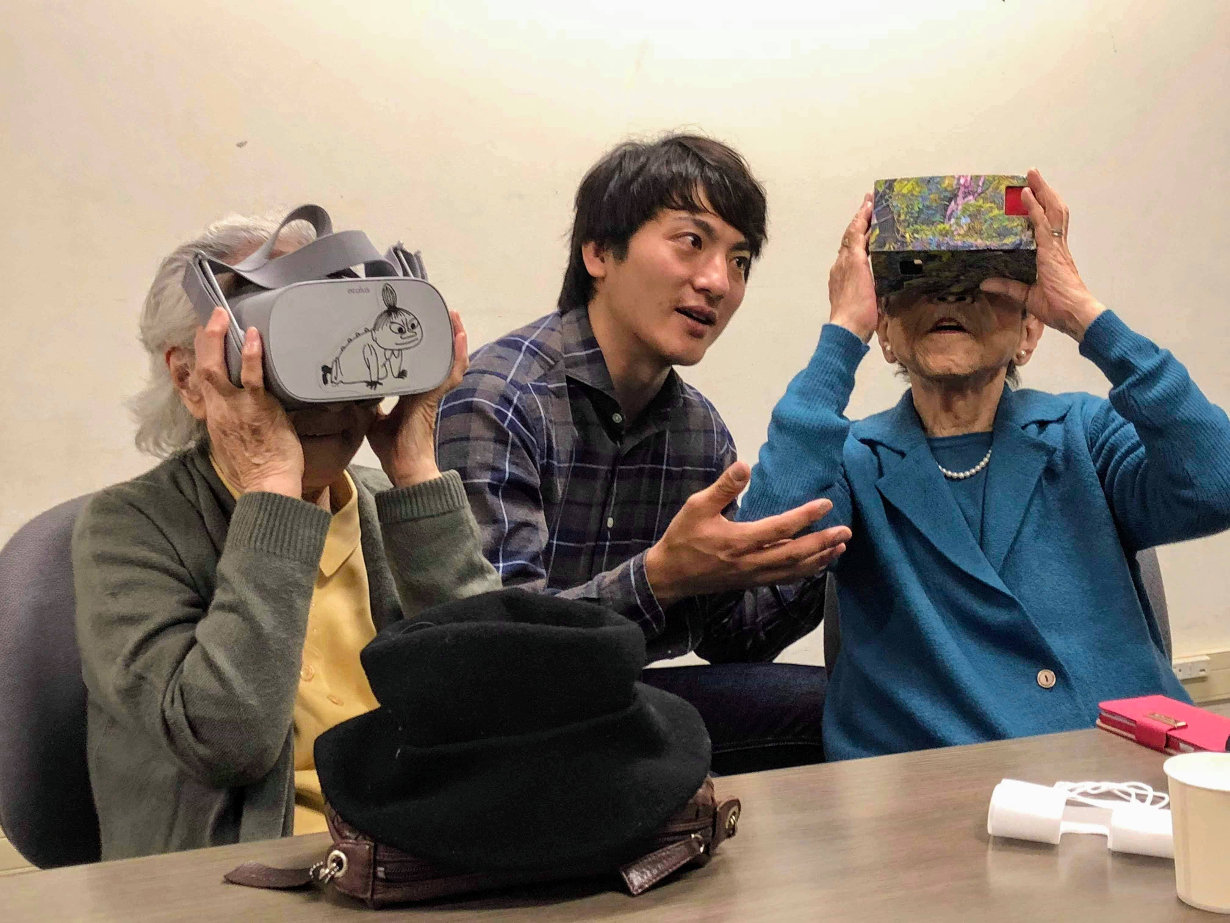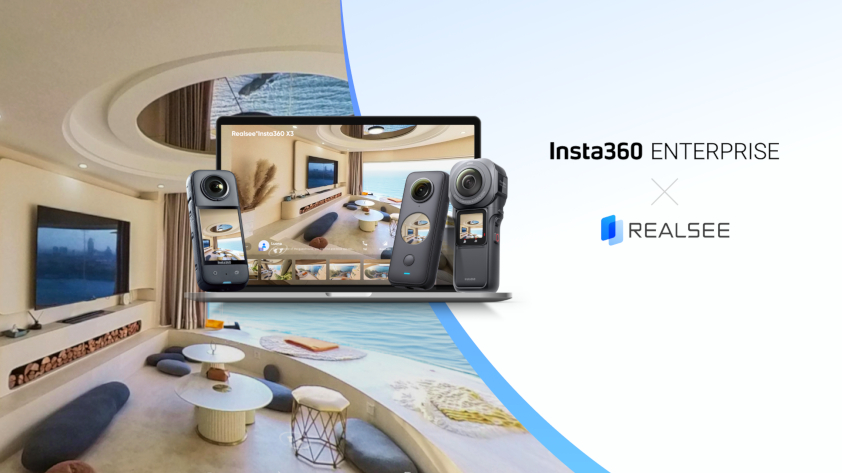Japan has long been known for embracing cutting-edge gadgets and tech. But its latest high-tech trend has an unlikely group of early adopters—the elderly.
Kenta Toshima works at the University of Tokyo’s Research Center for Advanced Science and Technology Inami-Hiyama Laboratory, helping to bring virtual reality technology to nursing home patients across Japan. In Toshima’s virtual reality experiences, the elderly can visit travel sites from their memories, or take a trip to somewhere they’d never otherwise get to go.
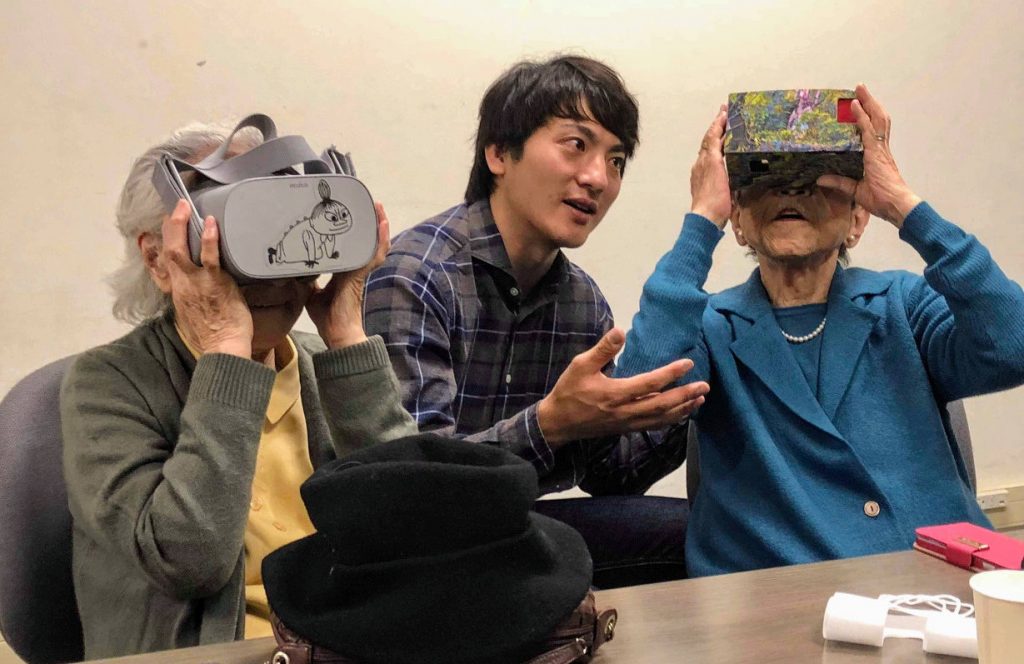
Toshima was working in a nursing care facility when a chance encounter led to the idea to create elderly virtual reality travel experiences. A patient mentioned to Toshima that she wished she could visit her favorite plum orchard, so he decided to visit it and take some photos for her. She was so excited about the photos that she asked him to take even more from different angles.
This led Toshima to the idea to use a 360-degree camera to capture panoramic images and videos that the elderly could explore with a VR headset. Since 2014, Toshima has shot 250 VR videos in over 28 countries and 35 prefectures in Japan and over 500 people have experienced the VR trips.
We interviewed Toshima to learn more about his research and experience filming these VR trips for the elderly.
1. Can you tell us how you got started creating elderly virtual reality travel experiences?
I worked at a nursing home in Tokyo for five years. We took care of elderly residents and provided rehabilitation guidance.
Many elderly people are willing to travel, but physical impairments limit their ability to travel alone. In the course of my work, I started talking to the elderly and visiting the places of their memories or hometown to take pictures and videos for them.
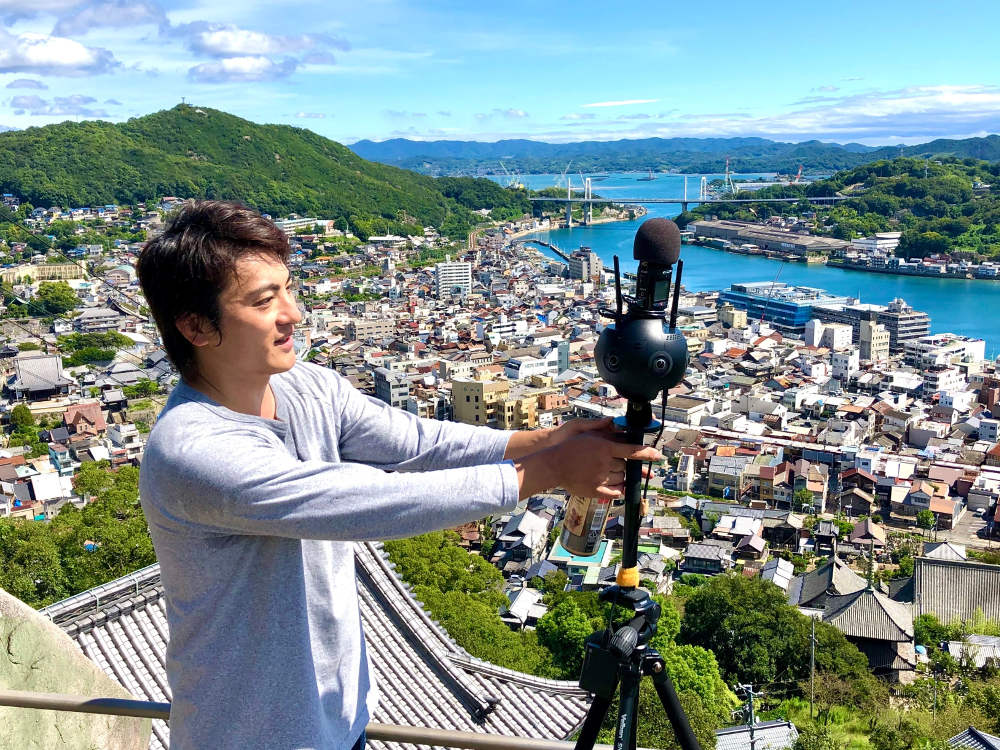
Retrieving memories of the elderly is not easy. It was difficult to take photos and videos that matched the elderly’s imagination. I started learning about VR technology in 2014. I thought that a 360-degree camera could help provide a wider and more beautiful view of locations for the elderly than ordinary photos and videos. More than traditional cameras, 360 cameras can better recreate an image in someone’s memories or imagination.
2. What is your goal in providing elderly virtual reality travel experiences?
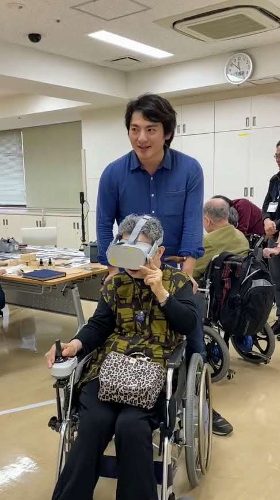
With VR travel experiences, we aim to provide a tool that can help the elderly live longer and healthier.
By supplementing their physical handicap with technology, the VR travel experiences can help improve the elderly’s motivation for rehabilitation and improve their quality of life. The VR experience makes them feel like they are out of the nursing home and can help ease their anxiety and loneliness.
With our research, we’re aiming to collect objective data on any changes in the elderly’s cognitive and motor functions from using VR technology. We’re also researching how VR can be used to help prevent dementia.
3. What feedback about the VR experience have you gotten from nursing home residents?
Many of the elderly have never heard of VR before. I usually start with explaining the technology to the elderly first.
Many of the elderly are surprised when they experience a VR trip for the first time. Some who are typically confined to a wheelchair are even so surprised by the experience that they stand up.
Some might even be reminded of a trip they had forgotten about. When they see a place they used to visit through the VR goggles, I can see how happy they are from their smile.
Check out Toshima’s video to see one woman's experience traveling to Yakushima Island, Japan for the first time.
4. How did you select a 360 camera for this project?
We were primarily looking for a 360-degree camera because 360-degree footage is best at reproducing what the elderly might remember or imagine. We picked the Insta360 Pro 2 for its superior depth and immersive video capabilities. Sometimes, we also use the Insta360 ONE X when we want to use a smaller camera.
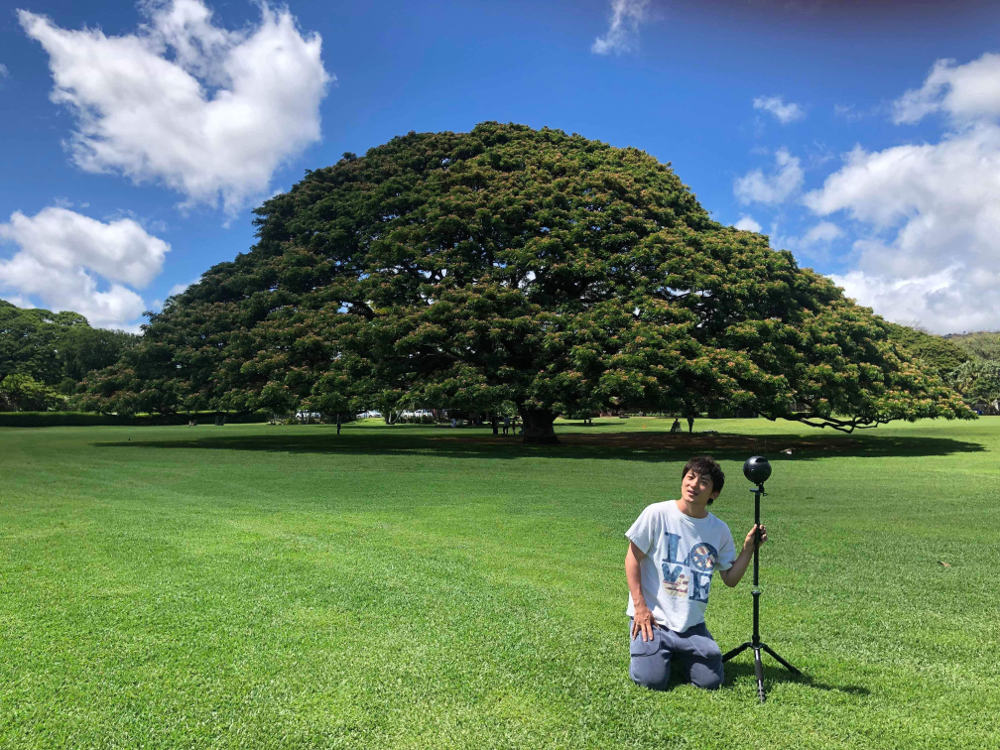
For video, we use 360-degree stereo mode a lot. We also use third-party external audio recording tools to capture stereophonic sound (e.g. ZOOM H2N, H3-VR), which are easy to connect to the Pro 2. In addition to immersive images, stereophonic sound can also help draw the viewer closer into the VR world.
5. How do you choose which sites to visit and how to shoot them?
First, our shooting team locates points of interest among the public and tourists, where many photos have been taken. We also ask the elderly what they would like to see, so the trip might also include spots personally important to them.
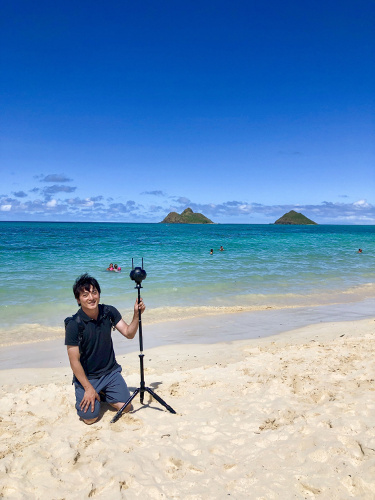
Then we use a tripod to place the camera in a place where it will not impede the view or be in the way of other tourists. We start shooting and add narration at this time. Narration helps the elderly feel as if they are going on a trip with someone familiar with the area. We even call out people’s names for a more personalized experience.
In addition to the videos I take myself, we also work with “active seniors” to help them join in the project. They attend regular meetings to learn about VR shooting techniques, and then go out and take videos themselves. So not only does the project help the nursing home residents, it also helps motivate active seniors to learn a new skill and help their own generation. They’ve now taken over 1,300 videos!
6. How do you think virtual reality technology can improve the elderly’s quality of life?
When physical abilities decline in old age, going out and traveling becomes difficult, and life can become lonely and introverted. However, VR can help achieve similar effects to actually going out. VR can help with daily healing, relieving anxiety and helping the elderly feel mentally calmer.
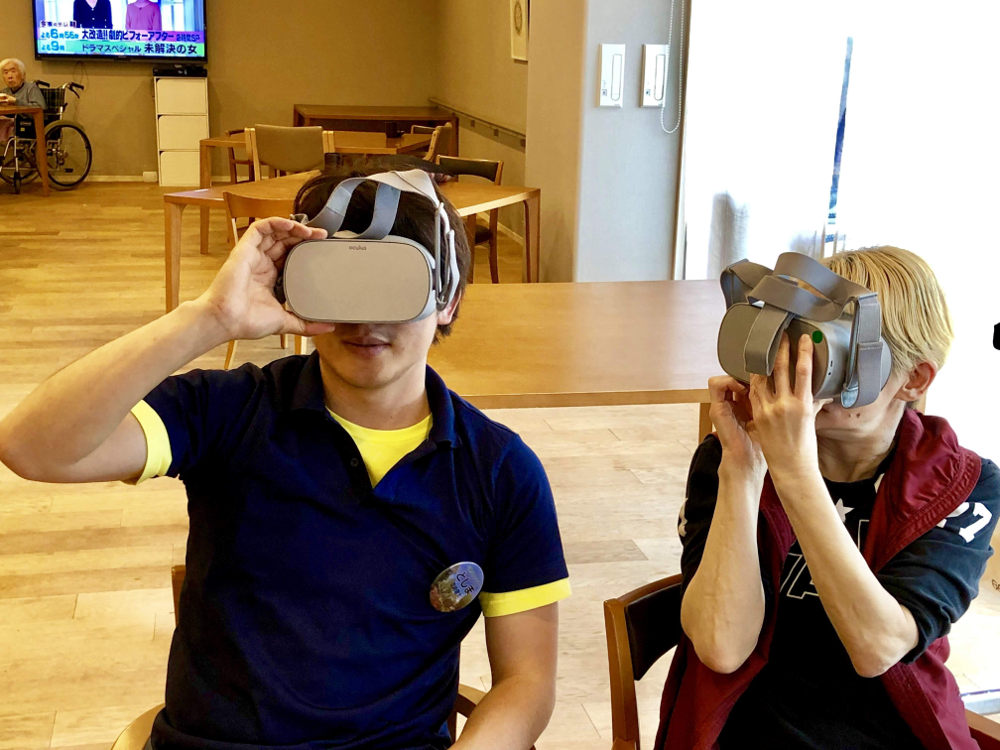
7. What role do you think VR technology can play in a super-aging society like Japan in the future?
In addition to travel experiences, VR technology can also be used to increase social interactions. By using VR, we can stay one step ahead of the current Internet exchange with people all over the world. It can help encourage social participation (including employment, as with the active seniors program) and extend healthy life expectancy.
I believe we can do it. As many advanced nations are aging, use cases in Japan can easily be applied in other countries too.
To learn more about Kenta Toshima’s research, check out his in-depth interview with Japan’s NHK public broadcasting service (video in English).
Keen to keep up to date on Insta360 stories? Keep an eye on our blog and sign up for our mailing list. You can also contact our Enterprise team directly to see how 360 cameras can benefit your business.
